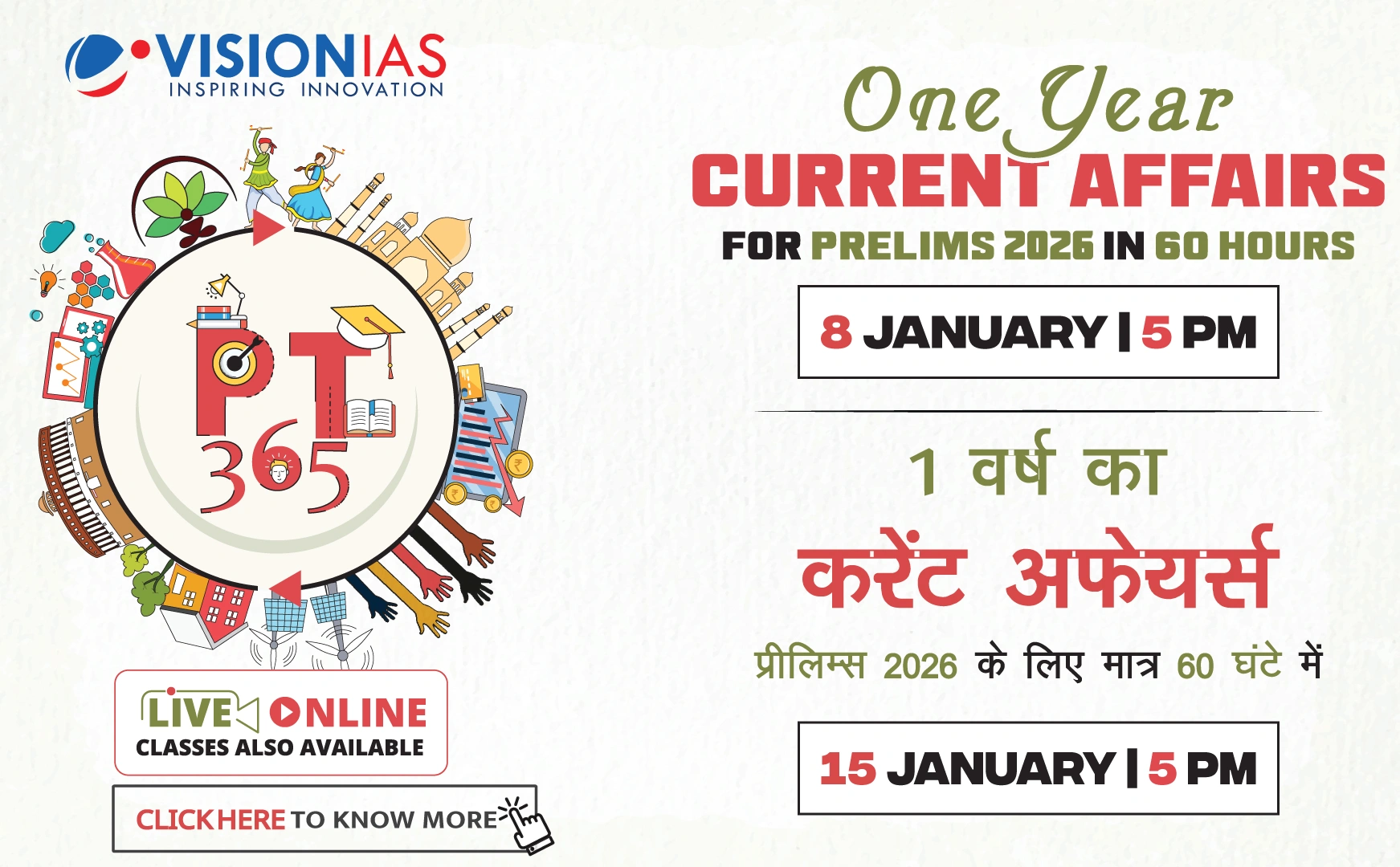Calls for Restoration of Jammu & Kashmir Statehood
Six years after the reorganization of Jammu & Kashmir into two Union Territories (UTs)—J&K and Ladakh—there are increasing demands to restore statehood.
Implications of Statehood Restoration for J&K
- The restoration of statehood would empower the elected government of J&K and substantially reduce the powers of the Lieutenant Governor (L-G).
- Currently, under the J&K Reorganisation Act passed on August 6, 2019, the Center, through the L-G, has significant legislative and administrative control, including over policing and public order.
- The Act restricts the J&K legislature from introducing fiscal, monetary, or taxation-related bills without the L-G's approval.
- Section 53 of the Act grants the L-G final authority on most administrative and legislative decisions, which cannot be questioned.
Process for Restoring Statehood
Restoring statehood would require repealing the J&K Reorganisation Act and introducing a new bill in Parliament. The process includes:
- Introducing the bill in both Lok Sabha and Rajya Sabha.
- Article 3 of the Constitution allows Parliament to form a new state from existing territories, but this requires the President's recommendation.
- The President acts on the advice of the Council of Ministers, led by the Prime Minister, indicating that the decision rests with the Centre.
Precedents of Statehood Restoration
- Himachal Pradesh was granted statehood in 1971, Manipur and Tripura in 1972, and Arunachal Pradesh and Mizoram in 1987.
- The state of Goa was formed from the UT of Goa, Daman, and Diu in 1987.






